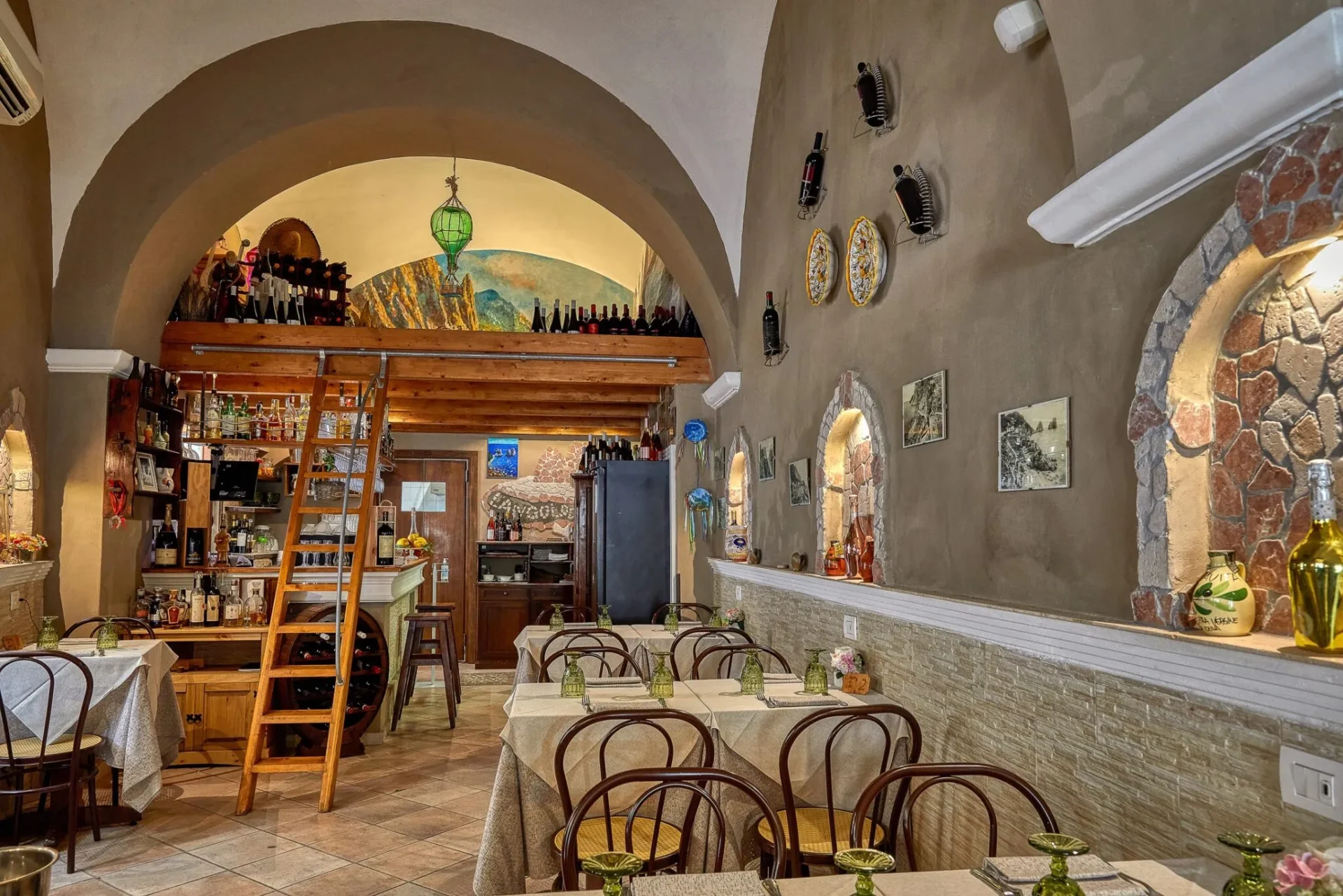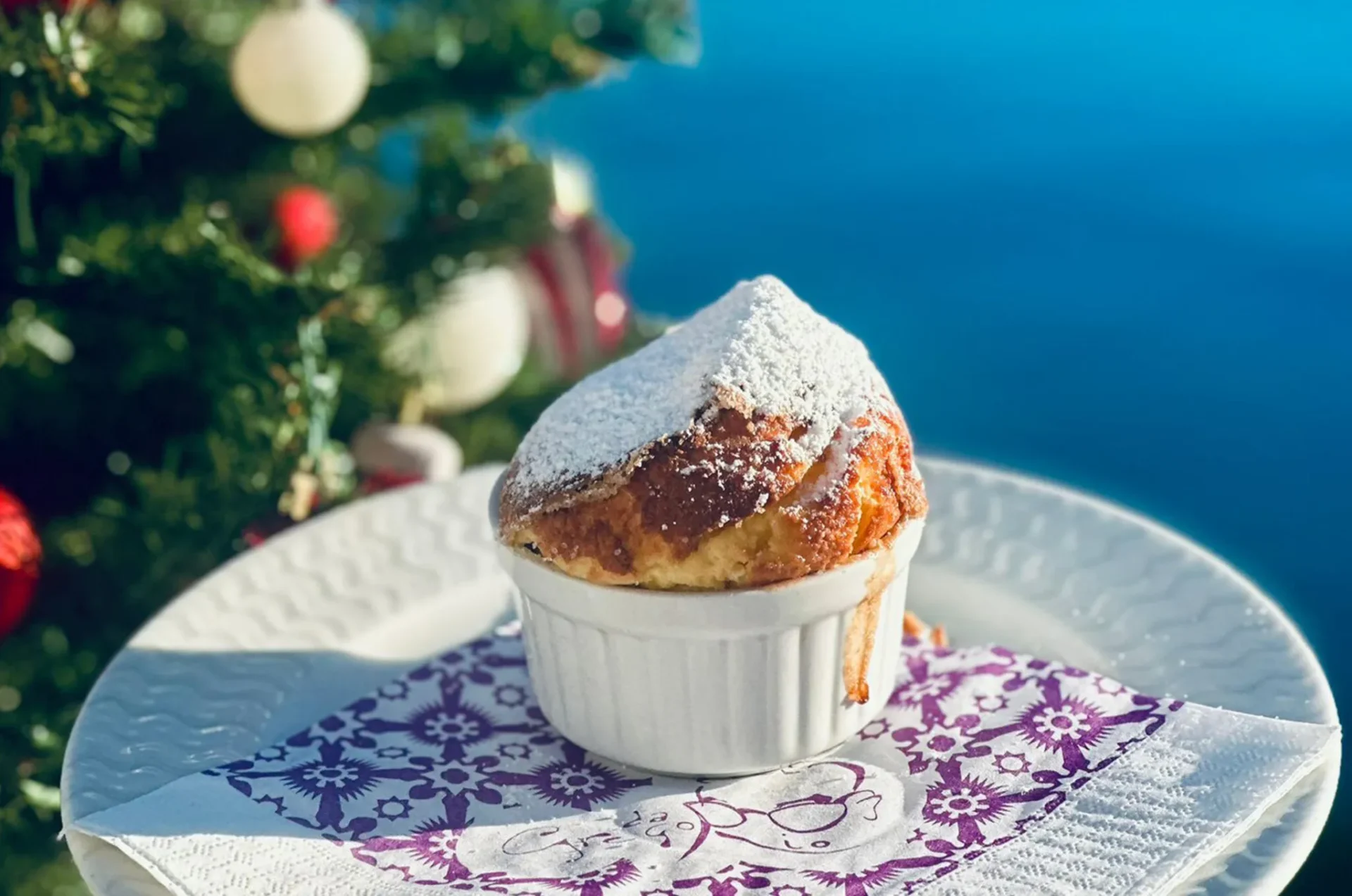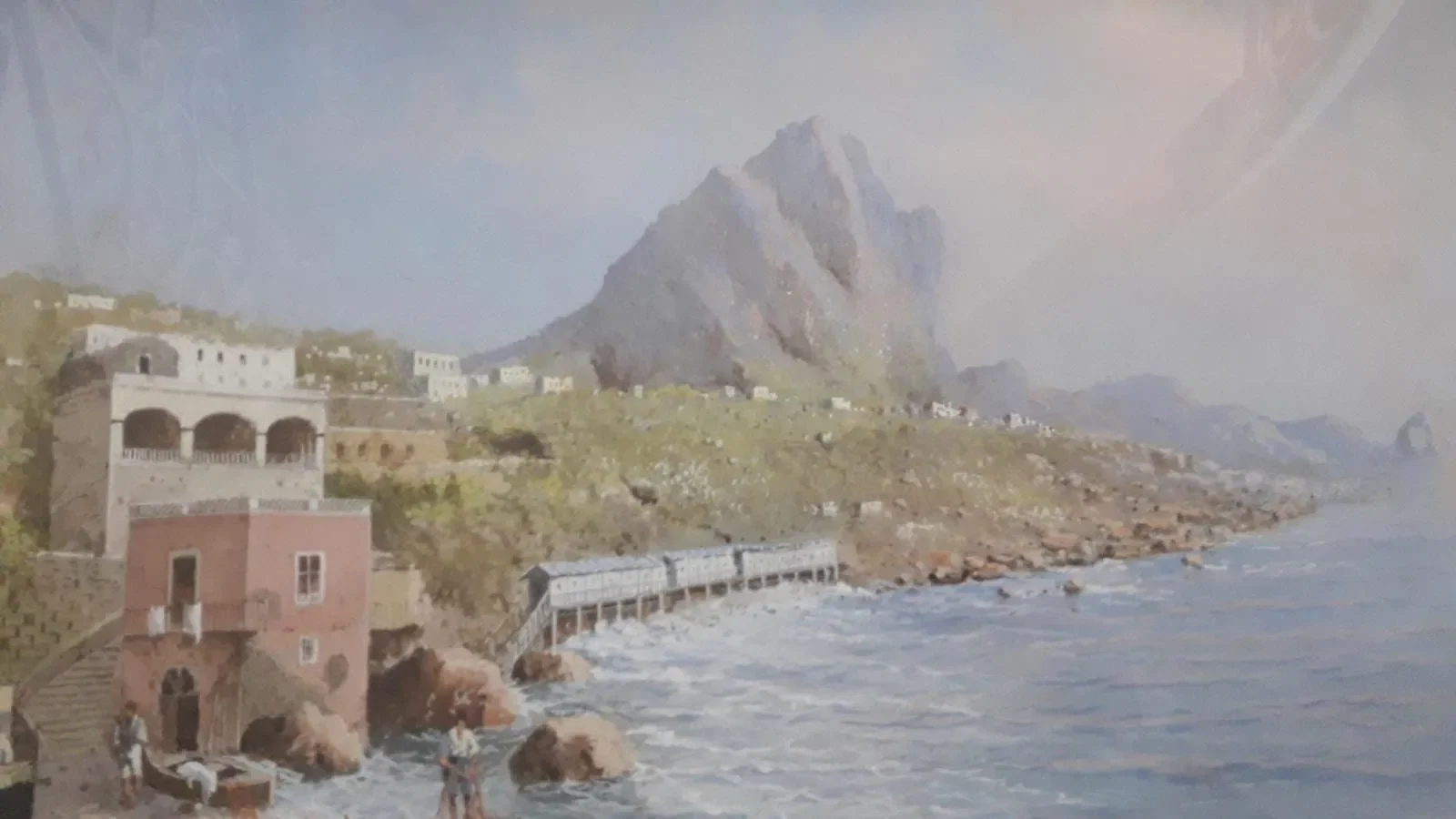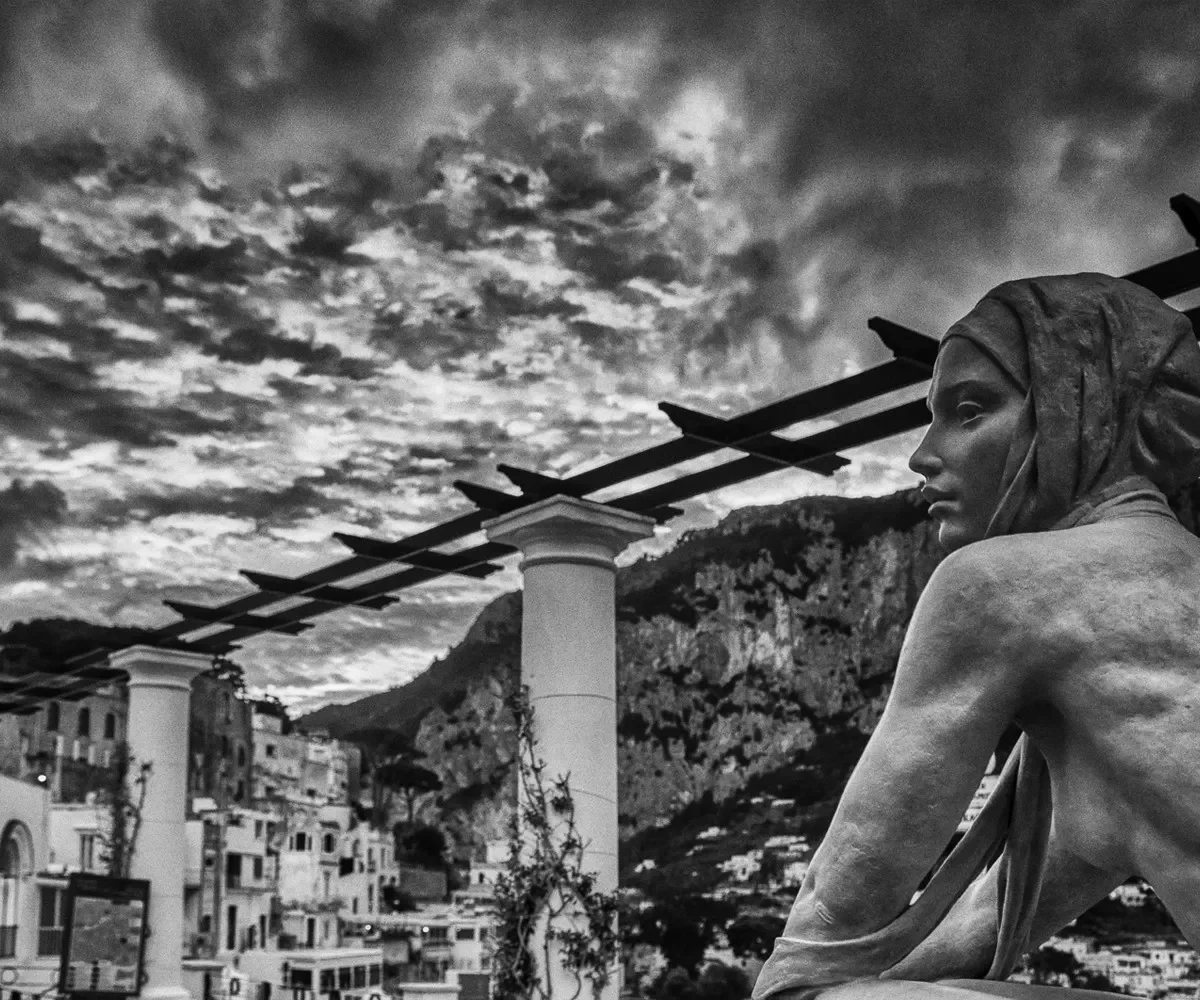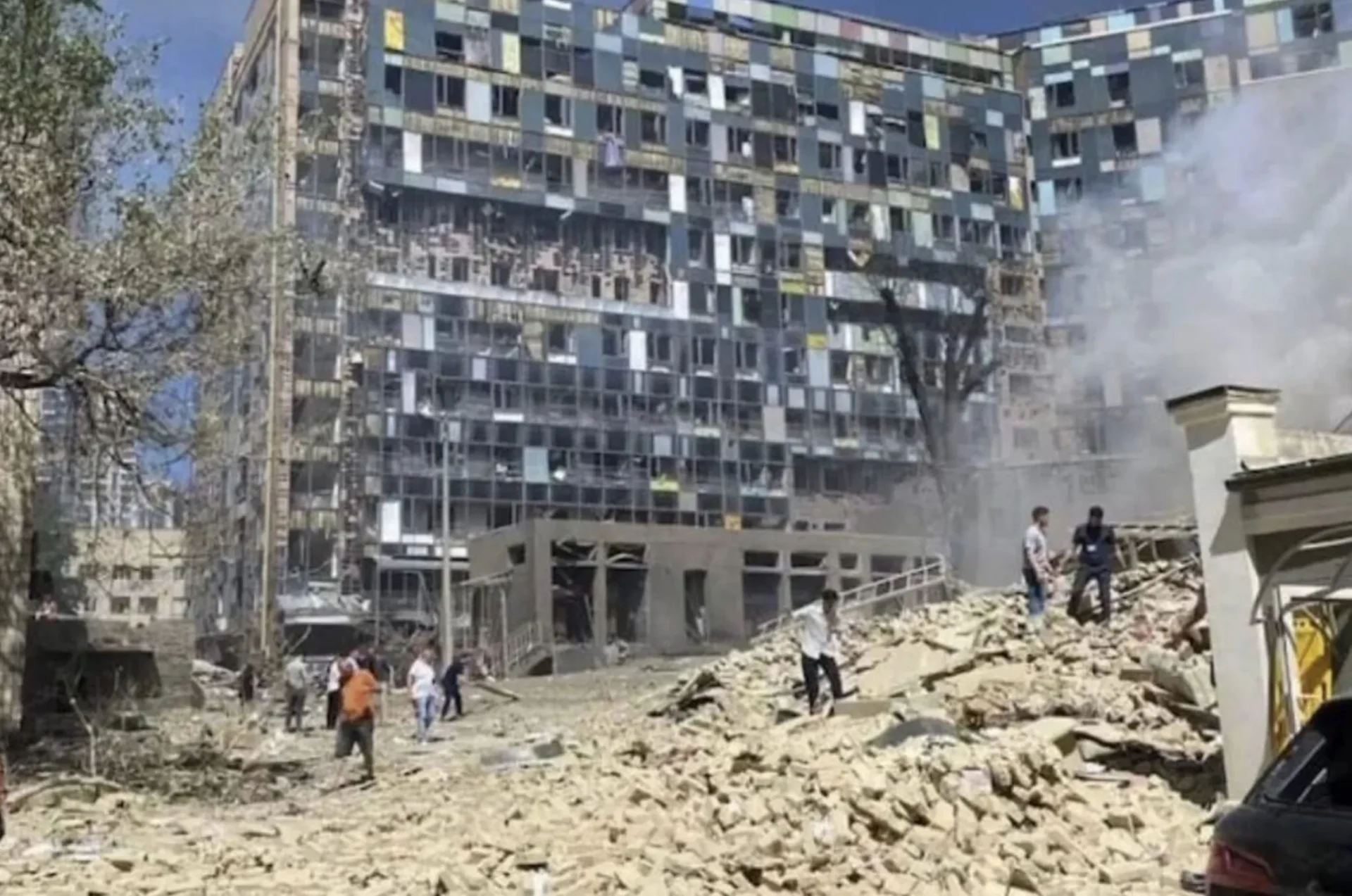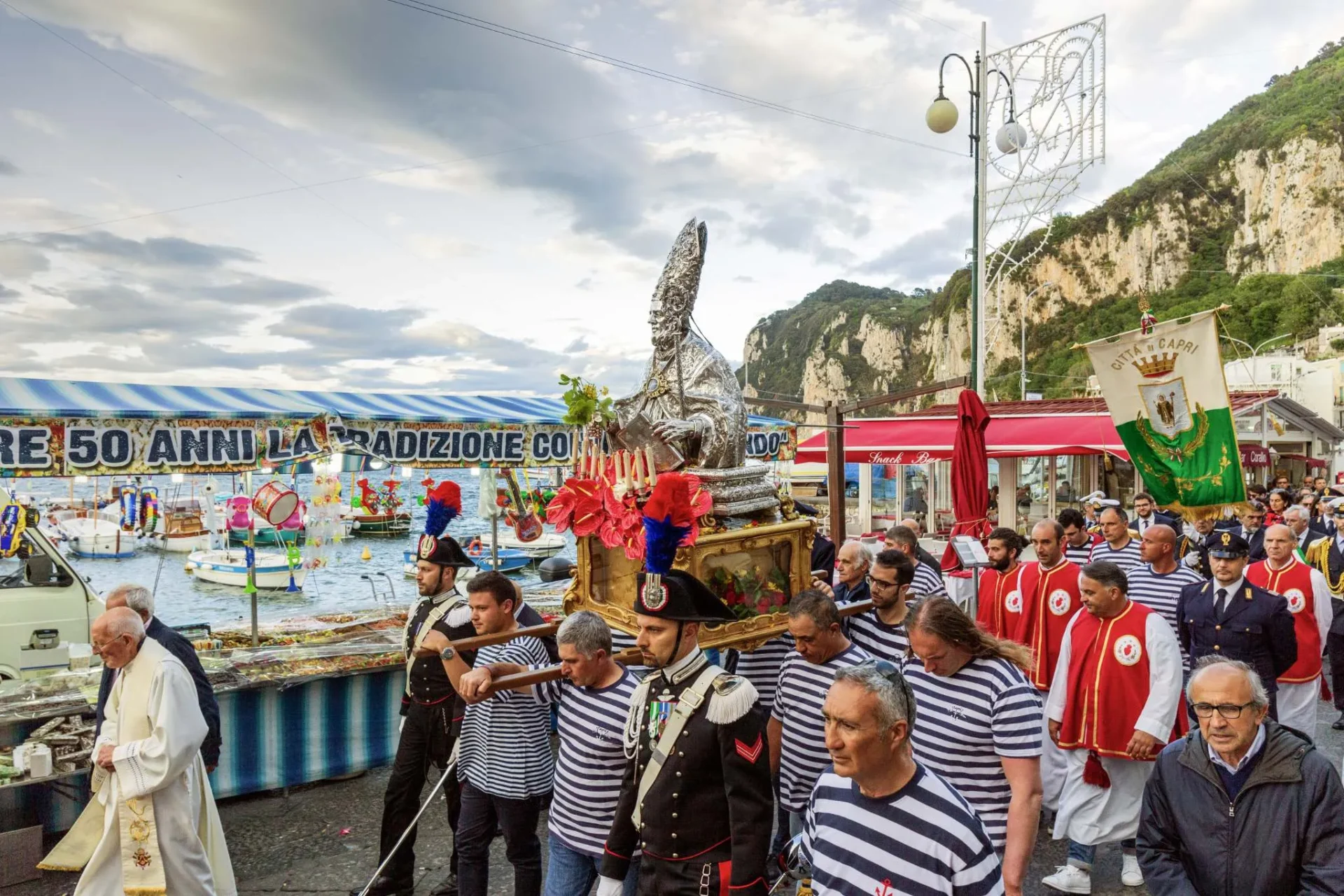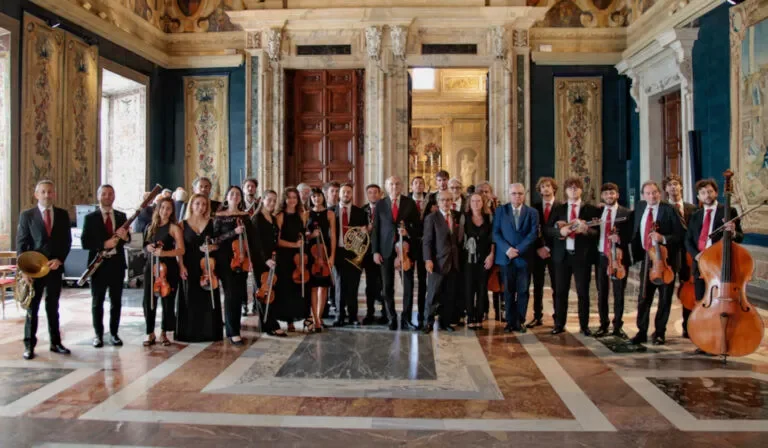One of the most frequently asked questions by tourists when they have the opportunity to chat with a local islander is: “What do the Capresi do in winter?” It’s difficult to give a comprehensive answer to such a question in just a few sentences… Given the diversity of the population, it requires a wide-ranging, multifaceted, anthropological, and sociological analysis!
So, here we’ll offer some examples of typical Caprese profiles based on their most common winter passions and occupations, and attempt to explain the reasons behind these shared behaviors.
The Thailanders
Exhausted by the grueling summer months in which they work like slaves and barely have time to enjoy the sea, numerous islanders (at times reaching as many as a thousand) head to Thailand, particularly Phuket, which has become the magnificent Capri colony in Asia.
Initially, it was a destination predominantly for single men seeking pleasure and fun, but over time it has become the favorite spot for many families, who, besides appreciating the climate and tourist offerings, feel reassured by the close-knit and organized network of fellow islanders available for any eventuality.
Some islanders spend as much as three or four months every year in Thailand (claiming it’s cheaper), continuing this pattern for over a decade! These are the true Thailanders.
The Canaries
If Thailand is a distant destination more suitable for those with ample free time and tolerance for exotic locations, the Canary Islands provide a softer vacation option, beloved by an equally large number of Caprese families. The meeting point is Anfi Beach in Gran Canaria. The beach is quite large, but for some reason, most Capresi gather in the same corner to socialize. The most common topic of discussion is how much better they feel physically in that dry, humidity-free land.
True Canarians have been visiting the Canary Islands regularly for at least 25 years. They’ve purchased apartments or timeshares and offer solid advice to fellow islanders who visit for the first time in that land of leisure and bone-relief.
The Die-Hard Fishermen
Although fishing has not been a way of life for Capresi in decades, fathers and grandfathers who were expert fishermen passed down their knowledge to younger generations. As a result, fishing remains deeply rooted in the island’s know-how, and many Capresi have an absolute dependency on it. Die-hard fishermen start as early as September, when they can, to finish work earlier and prepare to go squid fishing at night. By the end of the month, it’s tuna season to make “boccacci” in oil. They continue throughout October, and by early November, work is over, and their focus shifts entirely to fishing! Whether from a boat or rocks, for bream or squid, with rods or nets, they must catch something – there are no excuses!
Trekkers… and Speleologists
Among the many features that make Capri stand out is the huge number of scenic trails that can be explored. Whether heading towards the mountain or descending towards the sea, Capresi trekkers love them all, from the simplest to the most challenging. The colors and fragrances captured on beautiful winter days truly offer unique sensations. In this natural environment, even though surrounded by the sea, the trekker finds freedom.
However, there’s an even more adventurous level: the speleologist. Capri is home to over 200 caves, both marine and terrestrial. Like the notorious womanizer (more typical in summer), the Caprese speleologist must always find a new nook to explore, ideally before anyone else. Driven by curiosity, they often venture into precarious places, where it’s not impossible to slip into a ravine or be struck by a rock that suddenly falls from the fragile mountain. Yet the ancient allure of caves is as powerful and enchanting as the sirens’ call.
The Commuters
Of course, not all Capresi are involved in tourism, nor do they all work in Capri. Just as many workers arrive from the mainland every morning in winter, many Capresi travel to the mainland to work or study. These include professors, doctors, various professionals, lawyers heading to court, and high school or university students…
The daily routine starts with the 6:50 AM hydrofoil to Naples. The return times vary, but they are not guaranteed. It seems that in winter, in addition to frequent bad weather, any excuse becomes valid for canceling ferry or hydrofoil departures. Commuters pray daily to make it back home in the evening or, over time, have learned to always have some backup on the mainland. Among commuters, there is a certain camaraderie… Their social revenge comes in full summer when the majority of islanders are in complete work exhaustion, and the commuters enjoy their vacations in Capri!
The Beachgoers
Thanks to climate changes that have made winter weather milder over the years, the number of Capresi who swim in winter continues to increase. The preferred spot is Marina Piccola, which, facing south and sheltered from northern winds by the mountain, is the warmest and most beautiful area on the island. It’s perfect for sunbathing, taking children to play, or simply enjoying peace and quiet, all while having the opportunity for public relations. A typical conversation among these winter beachgoers is how the colors and reflections of Capri’s sea rival those of the world’s most beautiful seas.
The Builders (Fravecatori)
Between the 1960s and 1990s, Capri experienced a significant construction boom that led to the building of many properties. Since the tourist season lasted only a few months, it was common to have a second job, and many Capresi worked as builders. Over time, many islanders gained valuable skills in construction and DIY. In the Capri mentality, knowing how to use “the scoop” is seen as an essential quality for a true man. The old saying goes, “Who builds and repairs never wastes time.” Many islanders spend the winter fixing up their properties, repairing and renovating. For many Capresi, the sound of the cement mixer is music, and returning home dirty with work is a badge of honor, a shot of testosterone.
However, it must be noted that younger generations don’t seem as keen on building as the older ones, perhaps because the long summer season makes a second job less appealing.
There are also other less stereotypical categories, such as the Gasoline Consumers (who only drive around in cars), the Tragaristi (who take “a stroll” through Tragara at least once a day), and the Chiazzari (who center their life around Piazzetta, divided into those who frequent bars or the bell tower).
What seems to truly unite all Capresi in winter is that they consider the island’s territory an extension of their home. It’s not a city, it’s a condominium!
Curated by Antonio De Gregorio

